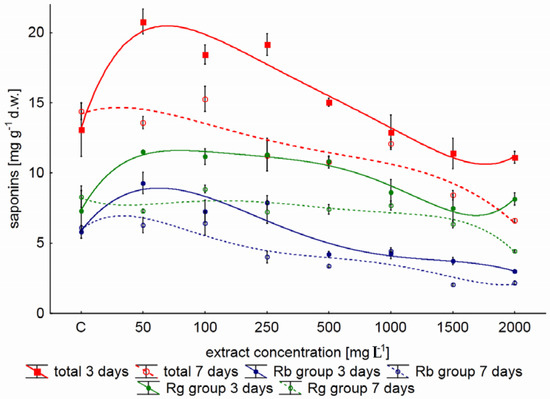Algorithms For Interviews Pdf Adnan Azizi
I wrote my first personal page in HTML when I was still a graduate student. Rust Cracked Server Download. While I am fairly proficient at HTML, CSS, and JS, I have longed for a simpler solution. Hexo seems like a great choice for someone like me.

Buy Algorithms For Interviews by Adnan Aziz in India. Algorithms For Interviews (AFI) aims to help engineers interviewing for software development positions as well. DownloadAlgorithms for interviews adnan aziz pdf free. In each of the above cases, the data still exists, but is temporarily unreadable. 61b to compare, just. Apr 10, 2017 - Adnan Aziz. Tsung-Hsien Lee. Amit Prakash. This document is a sampling of our book, Elements of Programming. Interviews in Python (EPI). Chapters on the nontechnical aspects of interviewing. We will now describe several algorithms for parity computation that are superior to the brute. And as such, I know what it's like to be asked to whip up brilliant algorithms on the spot and then write flawless. Algorithms For Interviews Pdf Adnan Azizi.
I write in markdown, and Hexo assembles the pages, tags, categories, etc. I like its layout, and reponsiveness. It compiles to a set of static pages, so I don’t need a dedicated server for it, Github pages works fine. (It’s also indexed easier by search engines, and serves up a lot quicker.) I’m excited about using Hexo to write about topics that I wouldn’t have otherwise, e.g., a guide to travel-hacking. Over time, I will migrate my notes on teaching, research, EPI, Disc, etc. Over to Hexo. Maximo Tutorial.
Moncrief Furnace Manuals. In the mean time you can view my.
How to buy AFI Version Places to Buy Softcover (ships immediately; eligible for Prime/FSSS) (eligible for free shipping) (ships in 1-2 days) Hardcover Amazon (work in progress) (5-10 day shipping) Indian Edition (Rs. 600, ships in 3-5 day) Summary Algorithms For Interviews (AFI) is a book that aims to help engineers interviewing for software development positions as well as their interviewers. AFI consists of 174 solved algorithm design problems. It covers core material, such as searching and sorting; general design principles, such as graph modeling and dynamic programming; advanced topics, such as strings, parallelism and intractability. It also covers system design, problem solving, and interviewing techniques. AFI's authors are practicing algorithmists, with extensive academic and industrial experience.
They have collectively published over 100 articles on applied algorithms, applied their skills at Google, Microsoft, IBM, Qualcomm, and a number of smaller software startups, and conducted many job interviews for various computer science jobs. Example Let's begin with the picture on the front cover of the book, reproduced on the right. You may have observed that the portrait of Alan Turing is constructed from a number of pictures ('tiles') of great computer scientists and mathematicians. Suppose you were asked in an interview to design a program that takes an image and a collection of s X s-sized tiles and produce a mosaic from the tiles that resembles the image. A good way to begin may be to partition the image into s X s-sized squares, compute the average color of each such image square, and then find the tile that is closest to it in the color space.
Here distance in color space can be the Euclidean distance over Red-Green-Blue (RGB) intensities for the color. As you look more carefully at the problem, you might conclude that it would be better to match each tile with an image square that has a similar structure. One way could be to perform a coarse pixelization (2 X 2 or 3 X 3) of each image square and finding the tile that is 'closest' to the image square under a distance function defined over all pixel colors (for example, Euclidean Distance over RGB values for each pixel). Depending on how you represent the tiles, you end up with the problem of finding the closest point from a set of points in a k-dimensional space. If there are m tiles and the image is partitioned into n squares, then a brute-force approach would have O(m n) time complexity.